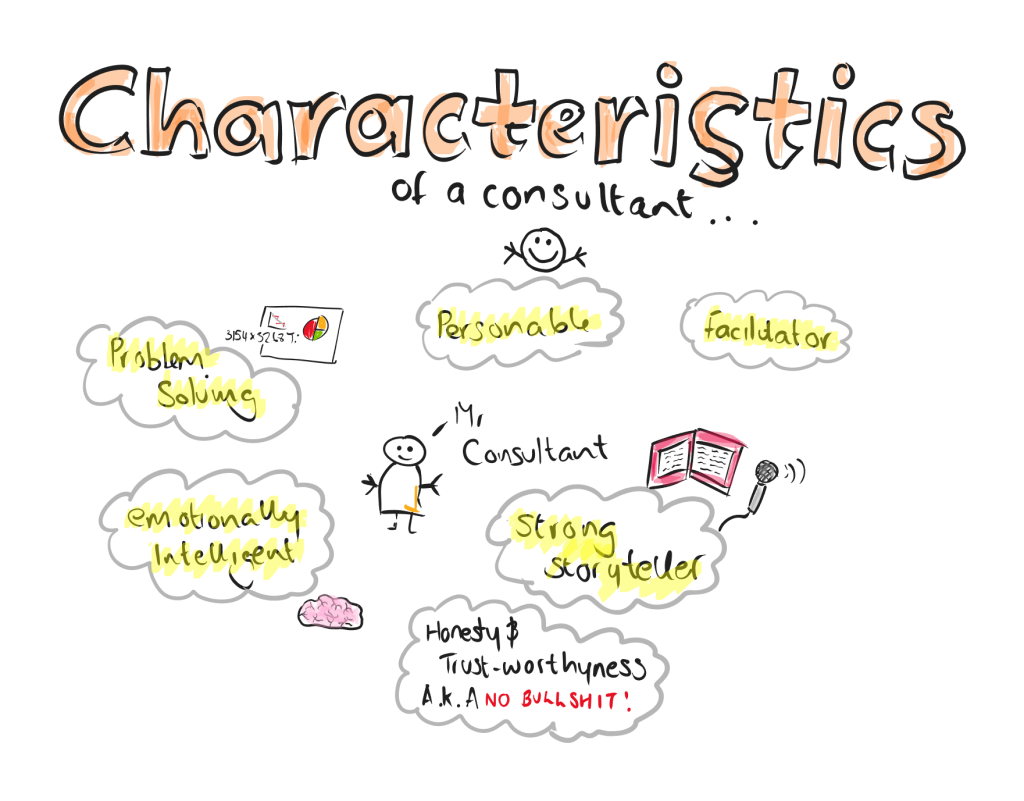Agile Leadership in a VUCA world.
Agile Leadership in a VUCA world
VUCA, what the heck even is that? Well like that saying ‘if life gives you Lemons’ make Lemonade’ it’s the notion of coping with change. Originally coined by the Military as a term for Volatility, Uncertainty, Complexity & Ambiguity. Basically, all the things you hate as a human being, getting in the way of your nice neat tidy plans. How can you cope individually & lead teams in a VUCA world? Well, read on & find out.
What is VUCA & should Delivery Managers care?
The VUCA concept originated in military strategy but has become a pillar of modern leadership thinking, especially where tech & digital delivery is concerned. We live in a world where;
Volatility – Change happens quickly, constantly & often without warning.
Uncertainty – The future is hugely unpredictable, no matter how hard we try. Often, our assumptions are massively wrong.
Complexity – Problems have many interdependent components & no single solution is obvious
Ambiguity – An ongoing lack of clarity about projects, what’s happening, the status & what the outcomes should be.
So, a nice big ol’ slice of VUCA can really scupper a delivery managers plans & impact not only how we do our work but how we lead the teams which do that work.
I wanted to talk about how Agile’s approach fits well into combatting VUCA, we talk about it all the time.

Responding over reacting – building adaptive plans
Methodologies like Scrum & Kanban can really help with adaptive planning. This is why in Agile, we go on about short cycle times, iterative sprints & the ability to pivot by not committing too far down a single path. Ideate, experiment, test & repeat – a hypothesis driven mindset & a commitment to Agile ways of working is key here.
So, if you’re world is uncertain with lots of unknowns you are better off doing a few short sprints to get going & learn.
Psychological safety
I’ve spoken before about creating liberating structures to enable teams to feel comfortable in failure. Whilst that’s not always palatable for management teams, its often necessary for team growth & high performance.
To lead through volatility, deliver managers need to create these structures so teams feel safe. If there’s psychological safety built into the environment human beings & teams work in, there’ll be more capability & willingness to address uncertainty, ambiguity, propose solutions & adapt faster. Retrospectives are good here & you can read more here about how to run a good one or listen on the pod!

Making complexity simple – focus on the outcomes
I often see teams in projects suffer massively from analysis paralysis & spending far too much time solutionising something without doing the experiment bit. You have to simply the problem by starting off with a small chunk, something bitesize, & using that as a nucleus to build & extrapolate on.
What is the next step we can take to do something meaningful or achieve something that matters?
There are tools like impacting mapping assessments & OKRs to help us define, articulate & measure these against outcomes rather than just tasks & can really help bring teams together.
This is why a minimum viable product or MVP is so important instead of trying to get everything right, straight off the bat.
Being calm in a chaotic world – leading with transparency
Uncertainty can often breed anxiety. As a leader but with a skill I’ve developed of human instinct, I appreciate how even though I’m comfortable with uncertainty as it’s often me making the changes, many people are not.
There are characteristics you must develop as a delivery manager & leader to help instil calmness, become an anchor of stability. The other thing I think I do well & others fail at so often is clear articulate communication – especially where technical details are concerned. As a delivery manager one of the key skills you can learn is communicating well.
Some useful Agile related tools & WoW (Ways of working) to help in your VUCA world
Lean Coffee – Real time quick brief discussions to talk about of-the-moment issues & next steps. Read more about the concept of Lean here.
Agile Risk Management – ongoing commitment to taking retrospective output & doing something about it. I for example, like to put recommendations into the next sprint (allowing for at least 5% of the sprint to accommodate previous retro points). Helps to stop retro’s becoming just a talking shop. (like every other meeting).

Visualisation – We all pontificate & through the Dunning-Kruger effect we *think* we know because of those lovely warm echo chambers we live in, but nothing cuts through the BS like data. Use the tools you have to create visualisations of that data & make it meaningful. Whether it’s a lovely burndown chart, maybe leverage dashboards in Azure Devops or Jira, or even roll your own – communicate the data rather than the ‘thought’. Act on the data – actionable insight through data leading to proper outcomes.
Quick win idea;
Why not run a ‘what-if’ workshop if your VUCA world starts getting on top of you & your team? Why not ask simple questions – maybe as part of Lean Coffee….
- What’s the worst thing that could happen?
- What signal would indicate we’re headed there?
- What would we do if we knew we were heading there?
This is a great effective & simple exercise which can help with root cause analysis.
Summary
You won’t get away from the world which now is seemingly more VUCA than anything else. Whilst we strive for nice, neat worlds – it simply doesn’t exist. You’ll be working in & running projects that are chaotic & to be the best delivery manager requires you to thin about & develop some of these skills & concepts above to help you & your team do better.




